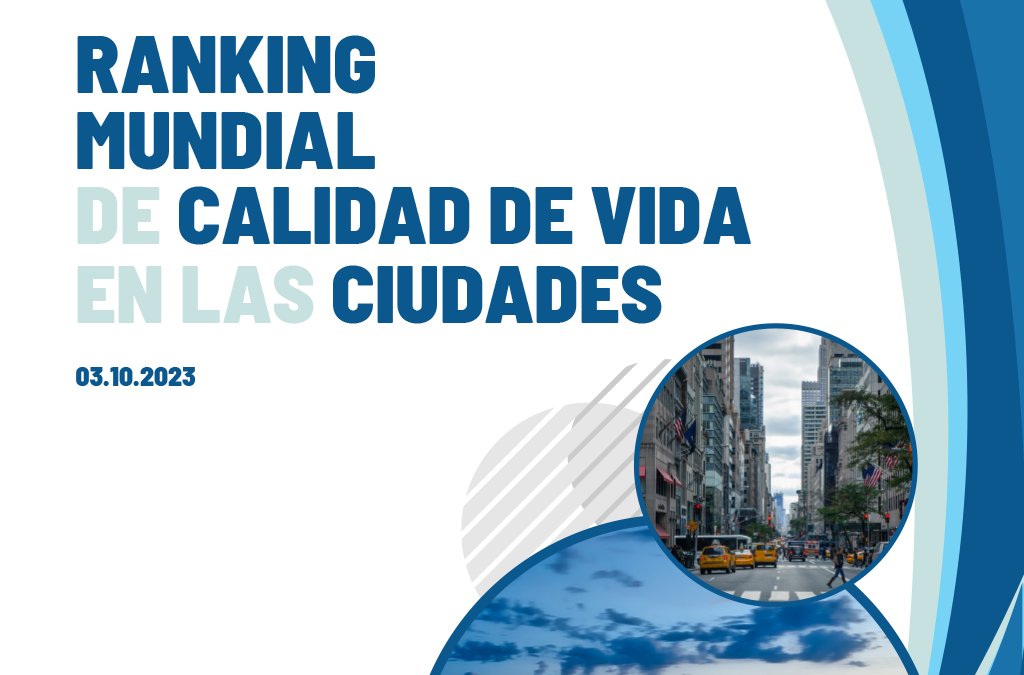MWCC has published the report “world ranking of quality of life in cities”. According to World Bank data, in 2008 for the first time the urban population exceeded the rural population globally. In 2022 it already represented 56%, with a forecast that in 2050 it will reach 66%. In the case of the European Union, the urban population represents 75% of the total.
Cities act as centers of attraction for population, investment and companies. Different studies have established a positive correlation between population density and economic growth. This is because population agglomerations increase productivity due to different factors such as the proximity of companies, a wide labor supply adapted to the needs of demand, markets with greater depth or concentration of services. Furthermore, urban agglomerations allow the provision of a greater number of public services with decreasing marginal costs.
Large metropolises offer more job and business opportunities, but they also generate problems that are difficult to solve.
It is true that, in economic terms, there is a positive correlation between productivity and growth, but this is not infinite and once the maximum is reached, yields begin to decline, affecting the income that the population receives. Furthermore, excess agglomeration causes the appearance of diseconomies that affect the quality of life of its inhabitants, such as the increase
the price of housing, travel times, pollution levels, as well as the rivalry to access a large part of public goods and services, the clearest example being the congestion of infrastructure or transportation services. transport.
These problems tend to lead to an increase in socioeconomic inequalities in the population, which results in higher crime rates and a drop in security levels.
All these elements, together with the appearance of new technologies and the increasingly widespread possibility of teleworking, are factors that economists consider when analyzing the current situation of cities and what their evolution will be.
Madrid, within the list, appears in position 8. The capital of Spain is the first metropolis in the world that stands out for the quality of its health services and security; Furthermore, despite its size, travel times are shorter than in smaller cities, as are environmental problems.
We invite you to analyze the report by clicking here.


